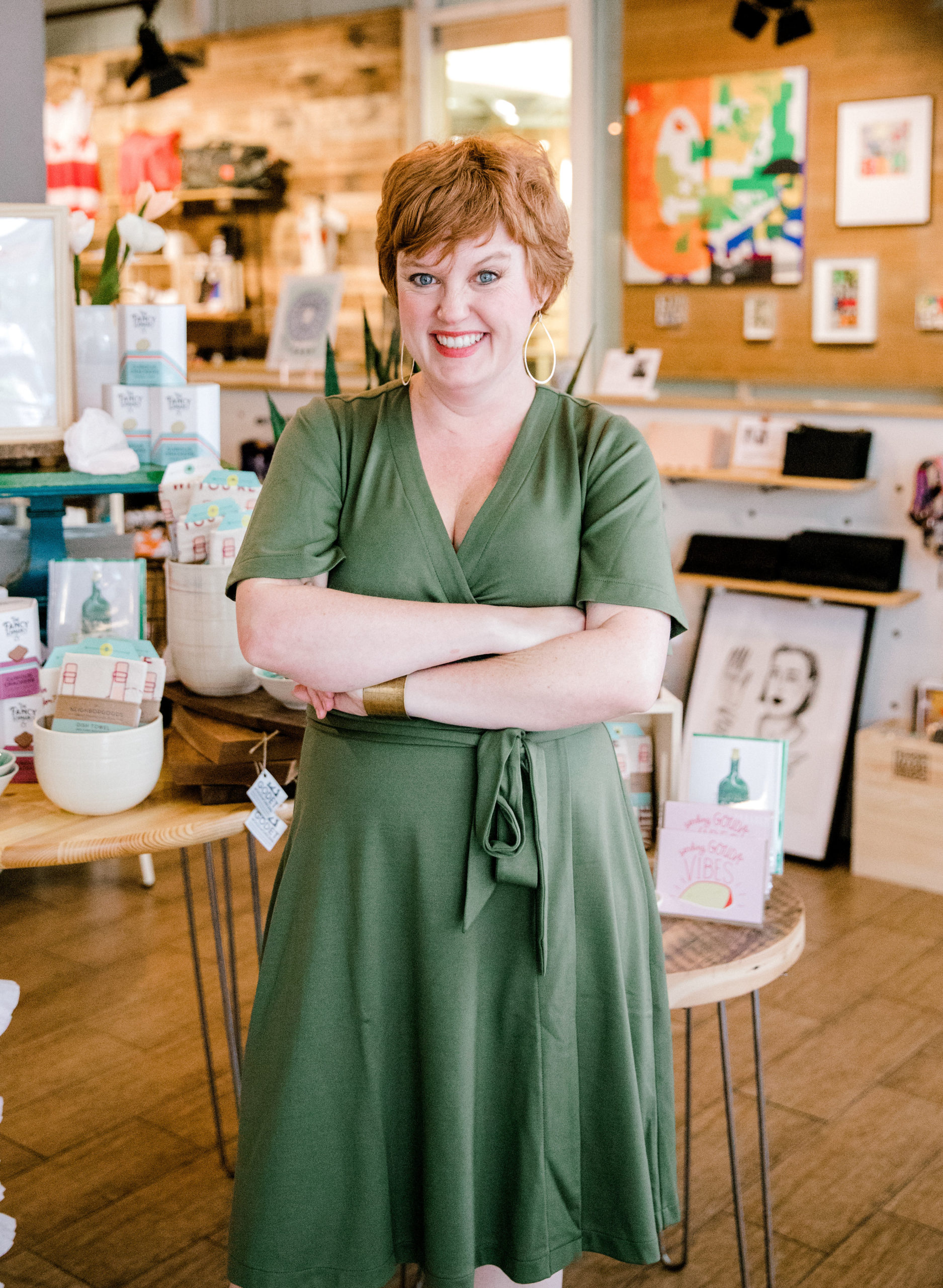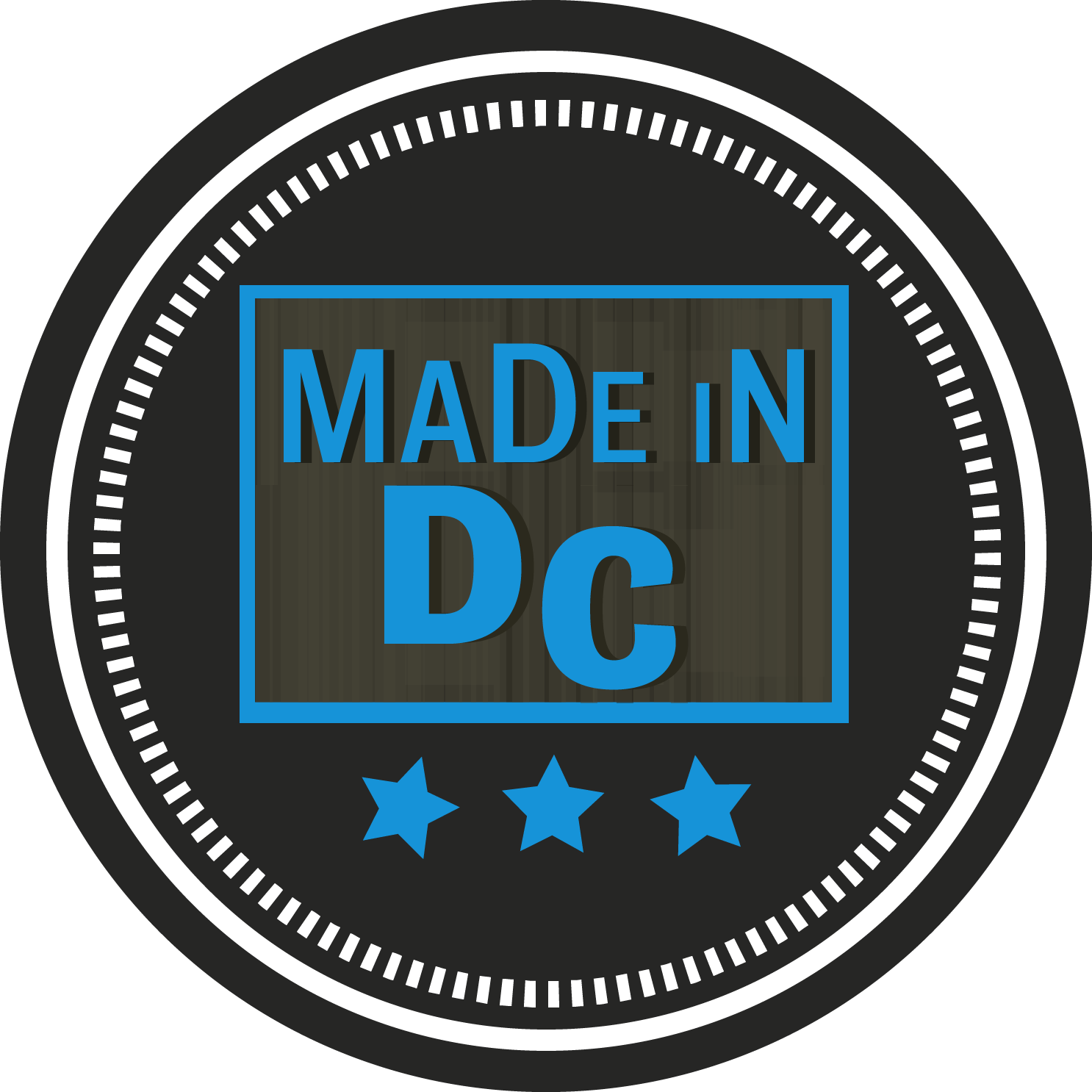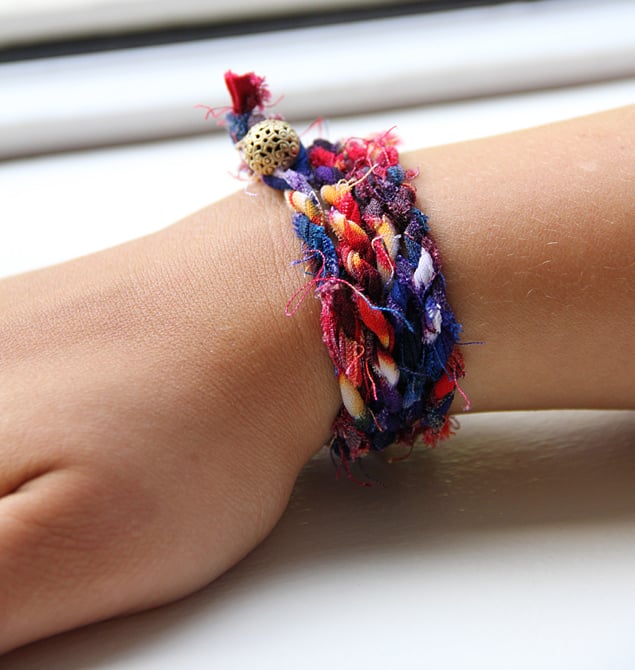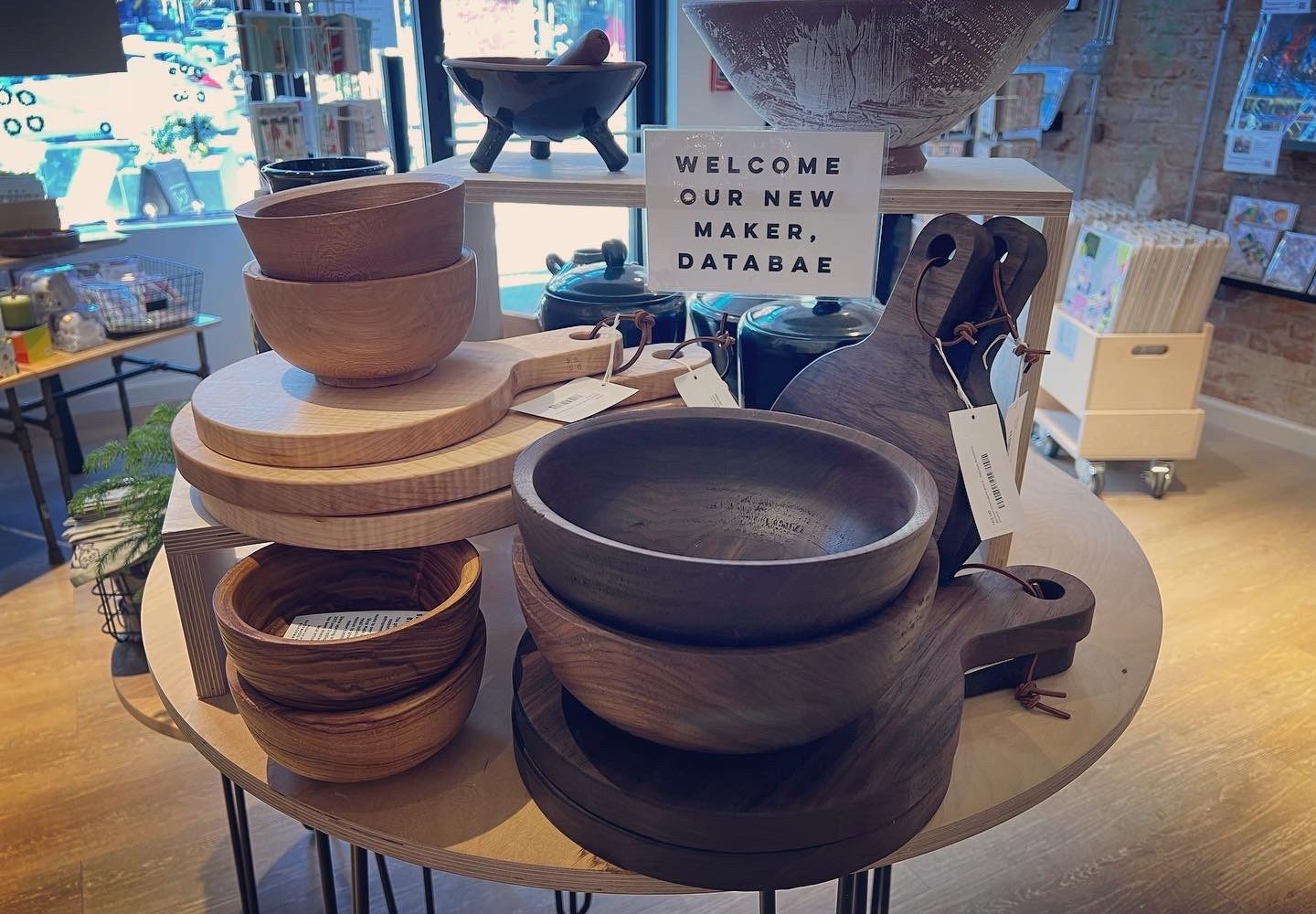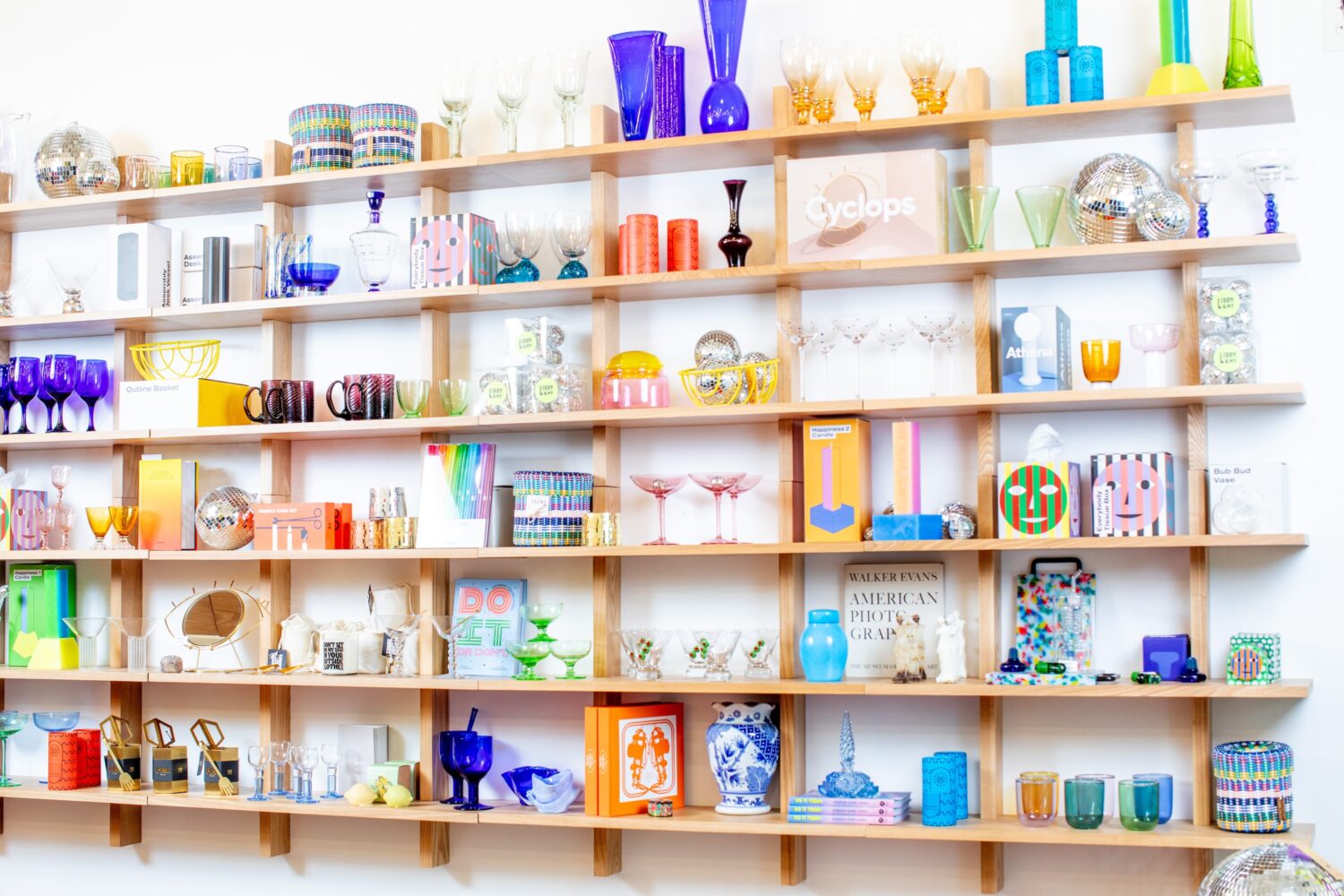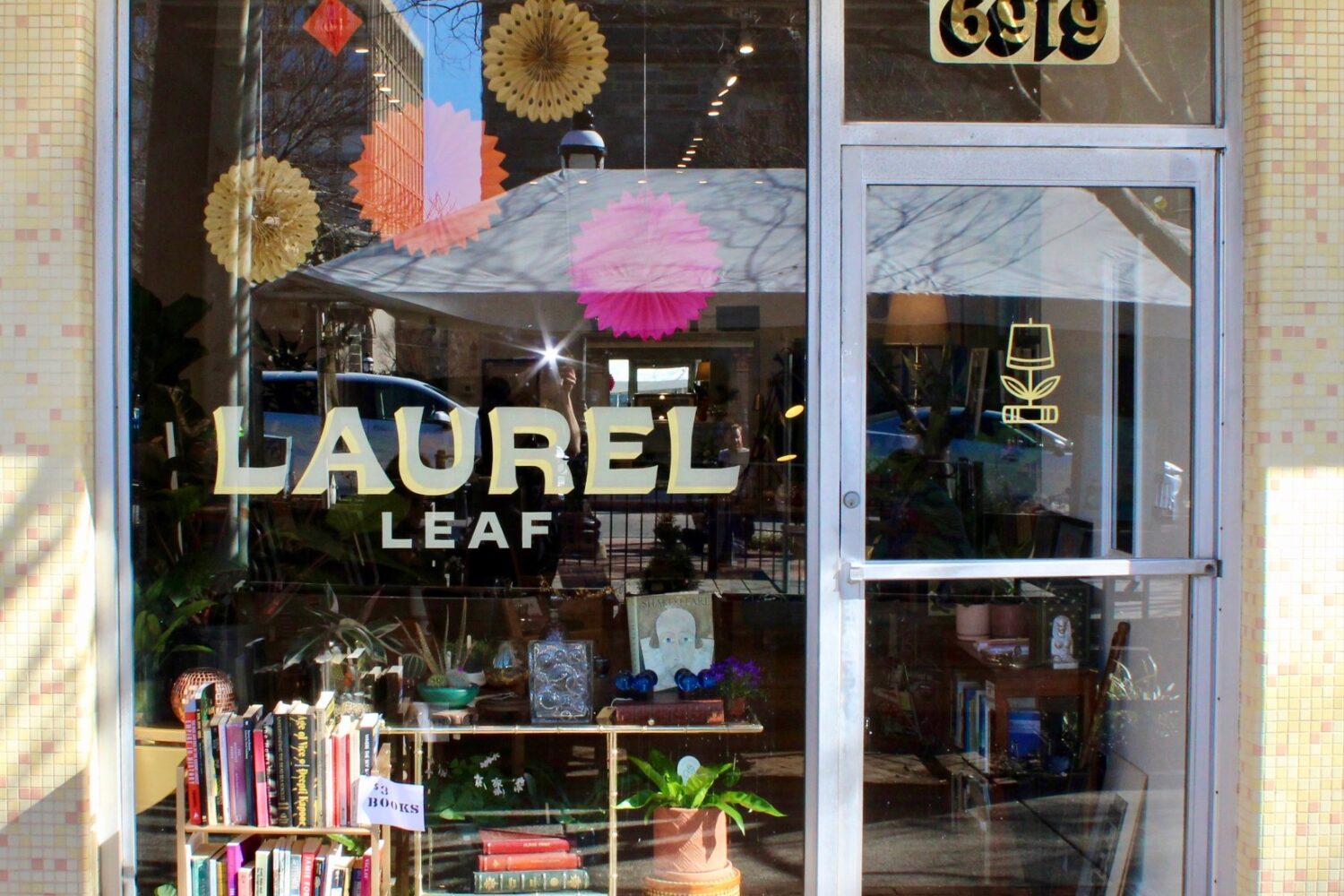About Made in DC 2019
This article is a part of Washingtonian’s Made in DC feature. Local artisans are creating bourbon and beauty products, handbags and hot sauce, clothing and jewelry. We found the coolest things being made here right now.
A Q&A with Stacey Price, founder of the Shop Made in DC stores.
Has the DC makers movement evolved in the past few years?
Oh, my God. Completely. When I started supporting makers in 2012, it was nothing like it is today. Right now, I have over 500 people on a waiting list to be in the store. It’s not that there weren’t creative people in the city prior to the last couple of years—I just think the energy around the fact that you can be creative and turn that creativity into capital, that’s different.
Who is the typical new maker coming to you?
A lot of at-home hobbyists or people in other professions. It’s interesting how many architects show up, or people who are designers in other ways. They’re creating in a more commercial way during their 9-to-5 hours but think, “Let me use this talent in another way.”
Are there unique challenges to being a maker and growing your business in DC?
It’s the same challenge of any business in DC: real-estate prices and the price of doing business. What’s really lagging is production space. One of the reasons why I take people from Hyattsville is because Pyramid Atlantic Art Center is there. We don’t have spaces like that in DC. And if you’re a fashion designer, there’s not a lot of people who do cut-and-sew. It’s not as abundant as if you were in Philly or Baltimore.
Why do you think people seem to care so much about shopping locally?
People want the experience of meeting the maker. They want to feel connected, because we created a world that’s supposed to be hyper-connected because of technology, but it made people disconnected and lonely. When we do our “meet the maker” night, people love it. They want interesting, unique items made by people they can meet. They want to know their story, and then they become cheerleaders for that person’s growth.
This article appears in the December 2019 issue of Washingtonian.

